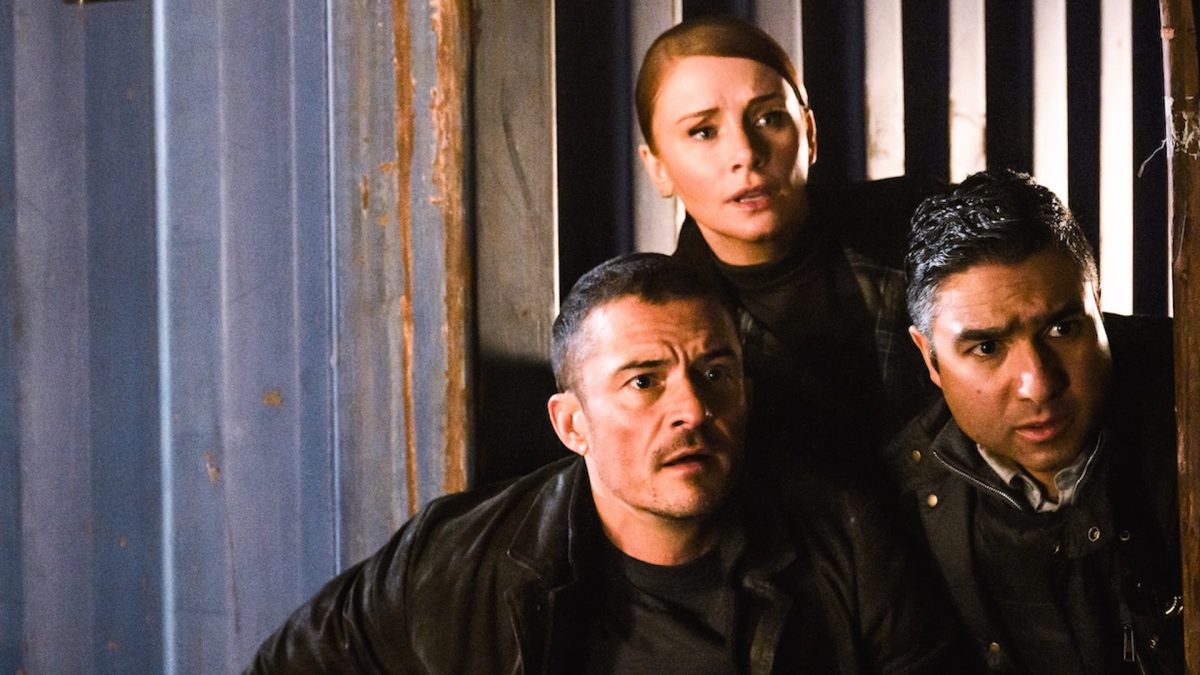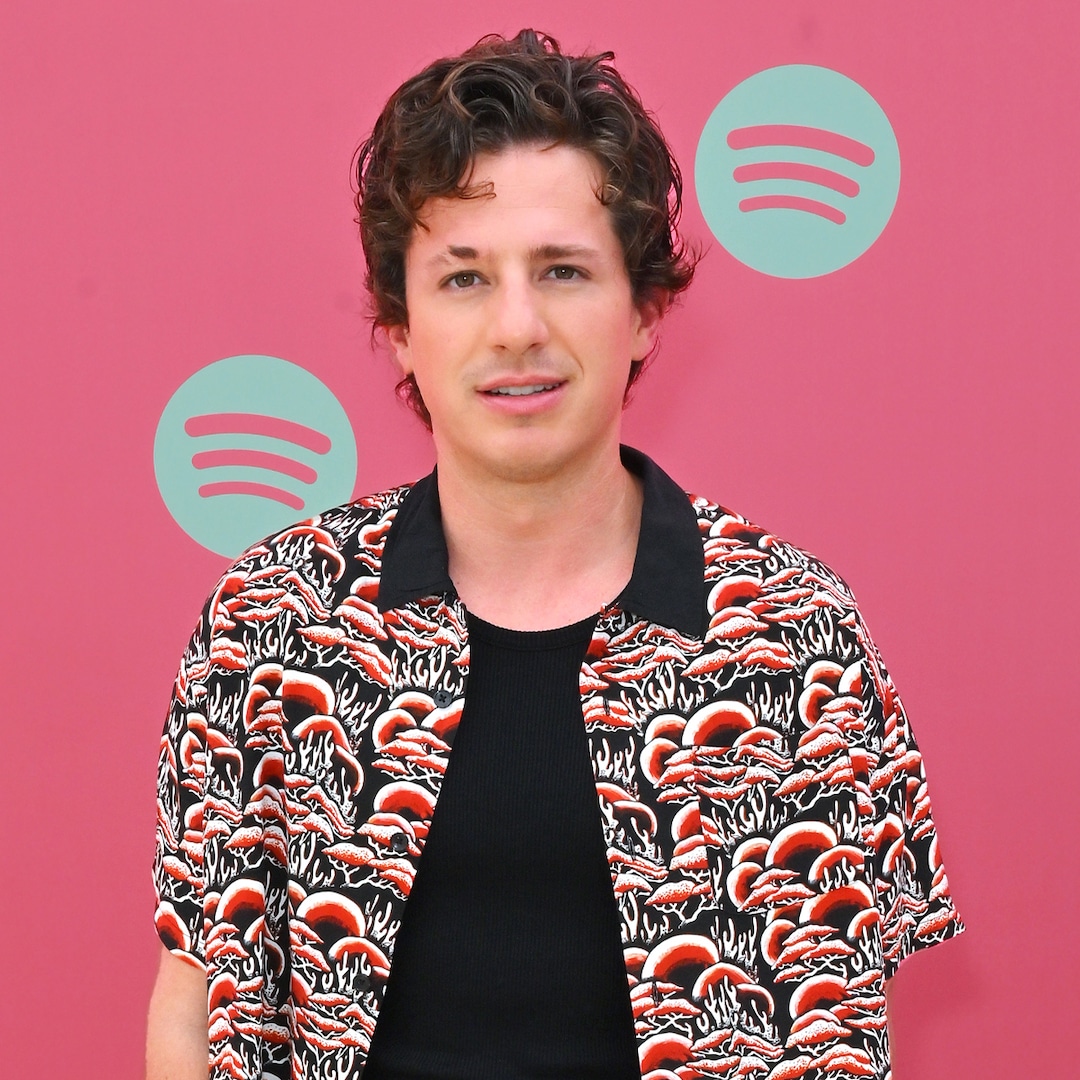Critique of High-Budget Original Streaming Films

In an evolving landscape where studios increasingly pivot from the grandeur of cinematic releases to the quiet convenience of streaming platforms, audiences stand to lose the magic inherent in the theatrical experience, often in exchange for forgettable big-budget productions. This shift is exemplified by films like Guy Ritchie’s “Fountain of Youth,” an Apple TV original film released just months ago with a staggering $180 million budget. Twenty years prior, the notion of such a high-budget film bypassing a wide theatrical release would have been almost unimaginable. Despite its significant investment, “Fountain of Youth” garnered mixed-to-negative reviews and, more critically, proved utterly forgettable, unfolding as an empty void of soulless entertainment demanding a brain-off approach to endure its deeply flawed script.
This trend of high-budget films being released solely on streaming services is becoming increasingly prevalent. Apple TV’s attempt to debut Matthew Vaughn’s “Argylle” in cinemas two months prior to its streaming release was a notable disaster. Reportedly costing around $200 million, “Argylle” was a confusing mess that failed to resonate, making a mere $90 million at the box office against a required $500 million to break even. This raises questions about Apple TV's strategy for original films, especially given their success with original TV shows like “Severance.” Similarly, the George Clooney and Brad Pitt-led film “Wolfs” quietly arrived and departed last year without much fanfare. Though better received than the other two, these instances lead many to question the rationale behind such substantial budgets for generally mediocre original films from Apple TV, suggesting a potential disconnect in their approach.
The direct-to-streaming release of the anticipated sequel to Anna Kendrick’s and Blake Lively’s beloved 2018 film “A Simple Favor” on Amazon Prime also defied logical reasoning. While the sequel was critically panned, its fate might have been sealed by its distribution model regardless. The first film grossed $97 million at the box office on a mere $20 million budget and has since cultivated a cult following. These factors should have strongly indicated a theatrical release for the sequel, yet it became another wasted opportunity, leaving audiences largely indifferent to the prospect of a third installment.
However, not all streaming originals are misses. Prime Video’s “Deep Cover,” starring Bryce Dallas Howard, Orlando Bloom, and Nick Mohammed, stands out as a success. Boasting an 89% rating on Rotten Tomatoes and presumably a much smaller budget, the film thrives as a small-time comedy, serving its purpose well as a streaming original. Its crowd-pleasing humor and action also suggest it could have performed admirably with a cinematic release.
A particularly poignant example of this industry shift is “Wallace & Gromit: Vengeance Most Fowl.” As only the second full-length feature in the iconic “Wallace & Gromit” franchise, it follows “The Curse of the Were-Rabbit” which, released in 2005, amassed nearly $200 million in cinemas and remains one of the most cherished animated films. “Vengeance Most Fowl” is an exceptionally good film, currently holding a perfect 100% score on Rotten Tomatoes, yet it was released exclusively on Netflix. While Netflix upheld the franchise's quality, such a release ought to have been a major event for both children and adults. Those who grew up with the first film deserved the opportunity to experience this new installment on the big screen. The stark change in studio mentality between the 2005 and 2024 releases is indeed disconcerting.
While streaming services undoubtedly open doors for filmmakers and provide employment within the industry for projects that might otherwise never be made, an ideal scenario would involve either budget caps for direct-to-streaming films or a mandatory initial wide cinematic release period. Cinemas have struggled to rebound significantly since the onset of COVID-19. Before the pandemic, 2019 was a banner year for the box office, with nine films surpassing $1 billion in gross revenue, including “Endgame” at $2.79 billion. The subsequent global shutdown regrettably led to films like Pixar’s “Onward,” “Soul,” “Luca,” and inexplicably, “Turning Red” being released directly to Disney+. This period inadvertently fostered the acceptance of studios greenlighting high-budget films for direct-to-streaming releases.
Conversely, some streaming-only content perfectly suits its platform. “Werewolf by Night” on Disney+ is a prime example, reminiscent of a bygone era of television specials. It seamlessly integrates into the Marvel Universe while incentivizing subscriptions, representing a more fitting use of the streaming model. We need more such focused television specials and fewer $200 million full-length features that merely induce yawns.
The path forward remains unclear, as most streaming services do not disclose the exact earnings of their original films, making their success difficult to ascertain. What is certain, however, is the detrimental impact on the movie theatre experience. Even for classics like the original “Star Wars” trilogy or its prequels, the chance to revisit them in cinemas, even briefly, is a cherished dream for many. The recent re-release of “Revenge of the Sith” for its 20th anniversary on April 25th demonstrated this demand, earning approximately $42 million worldwide in a single weekend. While readily available on Disney+, the collective joy and shared memories forged within the dark confines of a theatre, surrounded by fellow enthusiasts, is an experience streaming services simply cannot replicate.
Recommended Articles
Cannes Lions 2025 Celebrates Creativity and Features Celebrity Appearances

The media landscape is rapidly evolving, with both entertainment news and creative advertising demonstrating profound in...
Akshay Kumar's 'Housefull 5' Faces Criticism and Unique Promotional Review Tactics

Housefull 5 has opened to mixed audience and critical reactions, with some criticizing its humor and plot. Despite this,...
Lilo & Stitch Remake Achieves Box Office Success, Director Comments on Franchise Future

Disney's 2025 live-action "Lilo & Stitch" has become a massive box office phenomenon, grossing over $647 million worldwi...
Aamir Khan Expresses Box Office Concerns for 'Sitaare Zameen Par'

Aamir Khan expresses concerns about the box office prospects of his upcoming sports comedy-drama "Sitaare Zameen Par," d...
Mahesh Manjrekar Attributes Chhaava's Success Primarily to Maharashtra

Vicky Kaushal's 'Chhaava,' directed by Laxman Utekar, has earned ₹800 crore globally, with director Mahesh Manjrekar cre...
You may also like...
Diddy's Legal Troubles & Racketeering Trial

Music mogul Sean 'Diddy' Combs was acquitted of sex trafficking and racketeering charges but convicted on transportation...
Thomas Partey Faces Rape & Sexual Assault Charges

Former Arsenal midfielder Thomas Partey has been formally charged with multiple counts of rape and sexual assault by UK ...
Nigeria Universities Changes Admission Policies

JAMB has clarified its admission policies, rectifying a student's status, reiterating the necessity of its Central Admis...
Ghana's Economic Reforms & Gold Sector Initiatives

Ghana is undertaking a comprehensive economic overhaul with President John Dramani Mahama's 24-Hour Economy and Accelera...
WAFCON 2024 African Women's Football Tournament

The 2024 Women's Africa Cup of Nations opened with thrilling matches, seeing Nigeria's Super Falcons secure a dominant 3...
Emergence & Dynamics of Nigeria's ADC Coalition

A new opposition coalition, led by the African Democratic Congress (ADC), is emerging to challenge President Bola Ahmed ...
Demise of Olubadan of Ibadanland
Oba Owolabi Olakulehin, the 43rd Olubadan of Ibadanland, has died at 90, concluding a life of distinguished service in t...
Death of Nigerian Goalkeeping Legend Peter Rufai

Nigerian football mourns the death of legendary Super Eagles goalkeeper Peter Rufai, who passed away at 61. Known as 'Do...